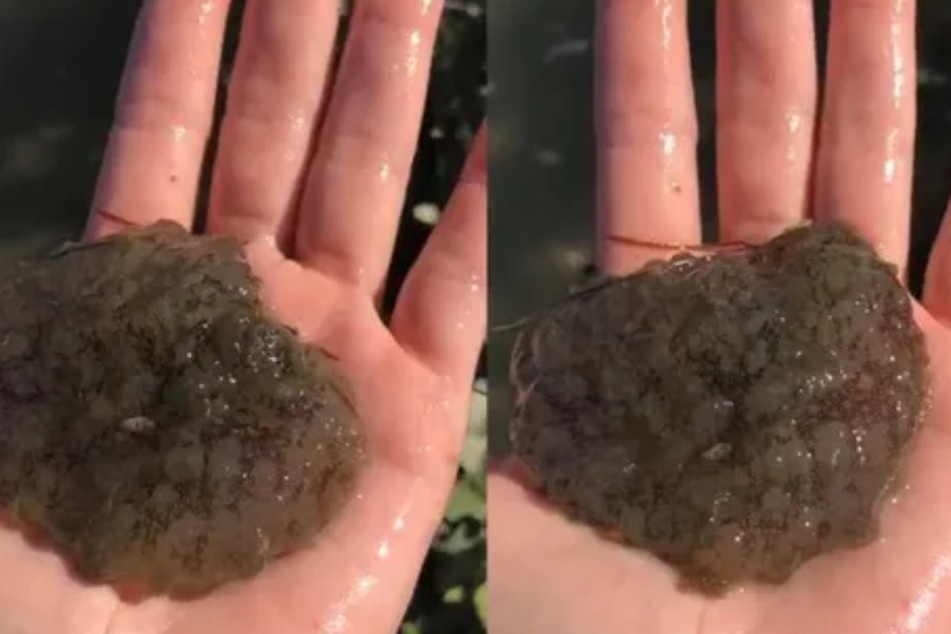Blob-like creature found in Texas waters confuses Facebook users
Texas - A video surfaced on Facebook showing a Blob-like creature crawling on someone's hands. But what is it?

Researchers from the Texas Parks and Wildlife Department found the jelly being during a routine survey of marine life in Nighthawk Bay.
The 14-seconds-long video that officials later posted on Facebook shows a slimy sea creature moving on the palm of a ranger.
"What is this that we found in the Laguna Madre?" they asked their followers.
The researchers later revealed the bizarre animal is a type of sea slug called sea hare.
"Seahares feed on algae and eelgrass and move like an inchworm," they explained.
To make matters more complicated, there is more than one species of sea hare living in Texas waters.
Disgusted users took wild guesses
But this particular specimen can get even freakier: it can grow to over 27 inches and weigh up to 4.5 pounds.
A lot of people likened the sea animal to the Blob, an amorphous alien that appeared in a 1957 horror movie of the same name.
"'The Blob' movie TERRIFIED me as a child. Still does lol! Put that thing back in the water!", one user wrote.
"This does not encourage one to take a dip in the deep blue sea!", another said.
Some compared it to a creature from the TV show Stranger Things. Others mockingly painted a dystopian picture in reference to this year's disastrous events:
"If it wasn’t 2020, a harmless sea hare....since it’s 2020 I’m assuming it breaks down the dna of those who touch it until they look like that and will soon consume the world."
However, in real life, sea hares are more likely to be prey than predators. The herbivores feed on seaweed and camouflage themselves to fly under the radar.
Cover photo: facebook.com/texasparksandwildlife
